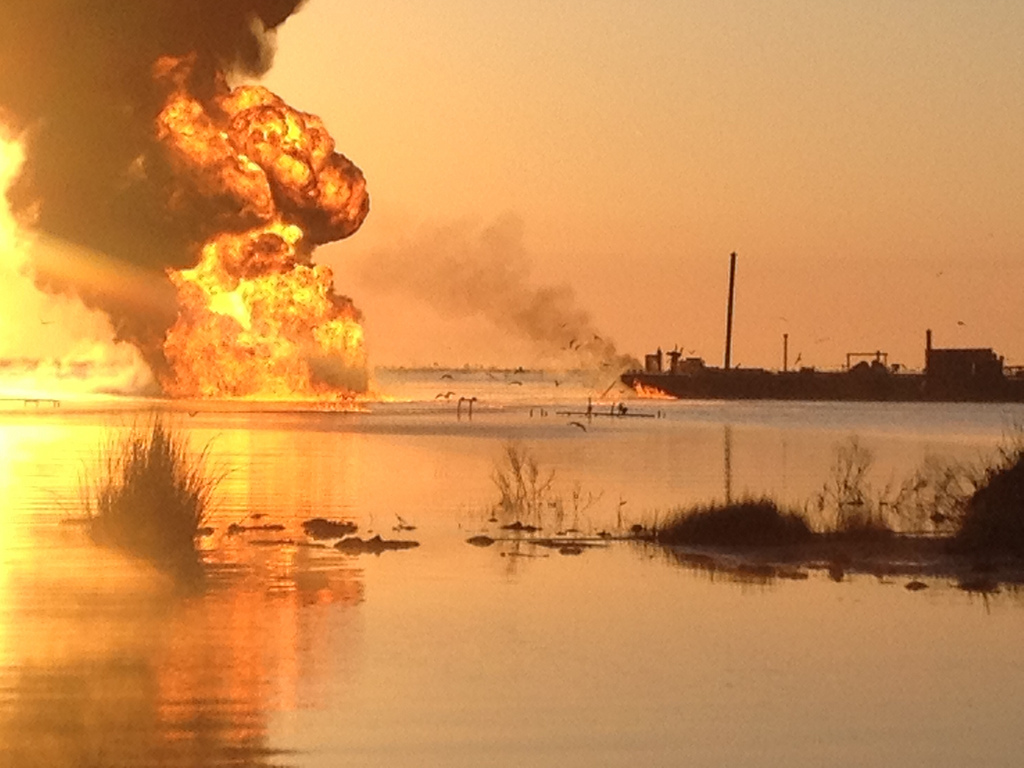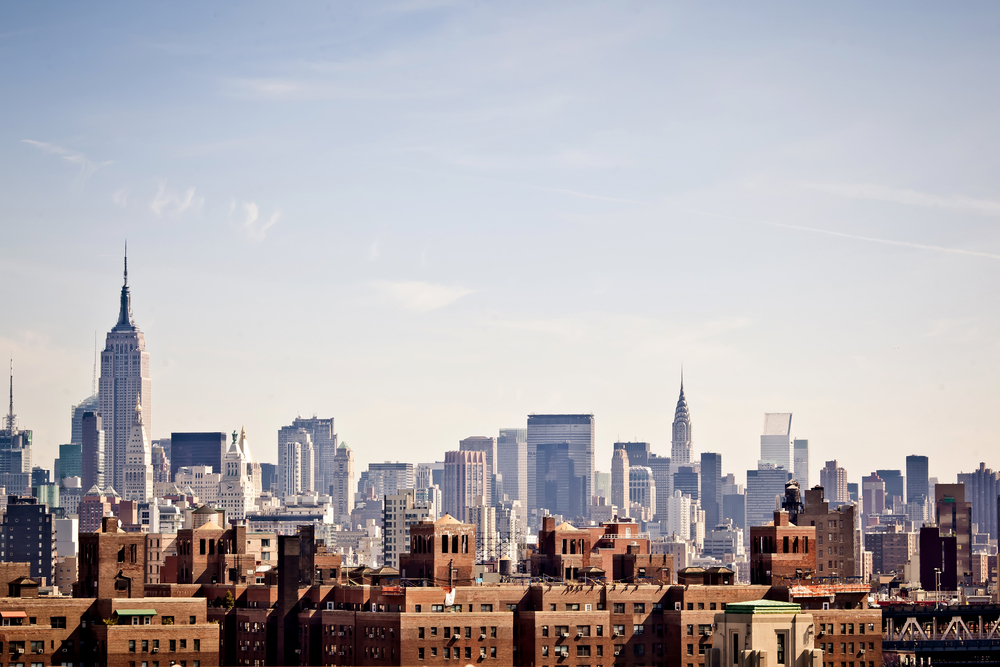
ShutterstockNew York grew too, but not as much as big metro areas in Texas.
It’s time again for another fun-filled Census report on how much bigger U.S. cities are getting! Happy Monday, Southern and Western states: Y’all dominated the top 30 winning metropolitan areas, crushing the Midwest and Eastern seaboard.
“While most metro areas didn’t experience significant swings in population over the past year, several in the Sun Belt and Mountain West saw noticeable gains,” the Governing blog reports.
Here’s the thing about these Census city growth reports, though: While we at Grist like to celebrate cities, the Census doesn’t calculate urban growth. The agency looks at total metropolitan-area growth, which includes suburbs and sometimes even exurbs. And it turns out that many of the fastest-growing metros are among the sprawlingest and least sustainable.
The top three metro winners for population growth from July 2011 to July 2012, according to the Census, were car-dependent areas with water problems: Dallas-Fort Worth-Arlington, Texas; Houston-the Woodlands-Sugar Land, Texas; and Los Angeles-Long Beach-Anaheim, Calif. Shouldn’t-even-exist Phoenix, Ariz., is No. 7 for big growth; Las Vegas, Nev., is No. 20. City growth is great, but not when it’s really sprawl, which is what happens most of the time when metro areas expand.
Governing has a rad interactive map of all this data. Go play. Then maybe compare cities that are growing with cities that have a lot of cyclists, are plagued by food deserts, and have high costs of living.



